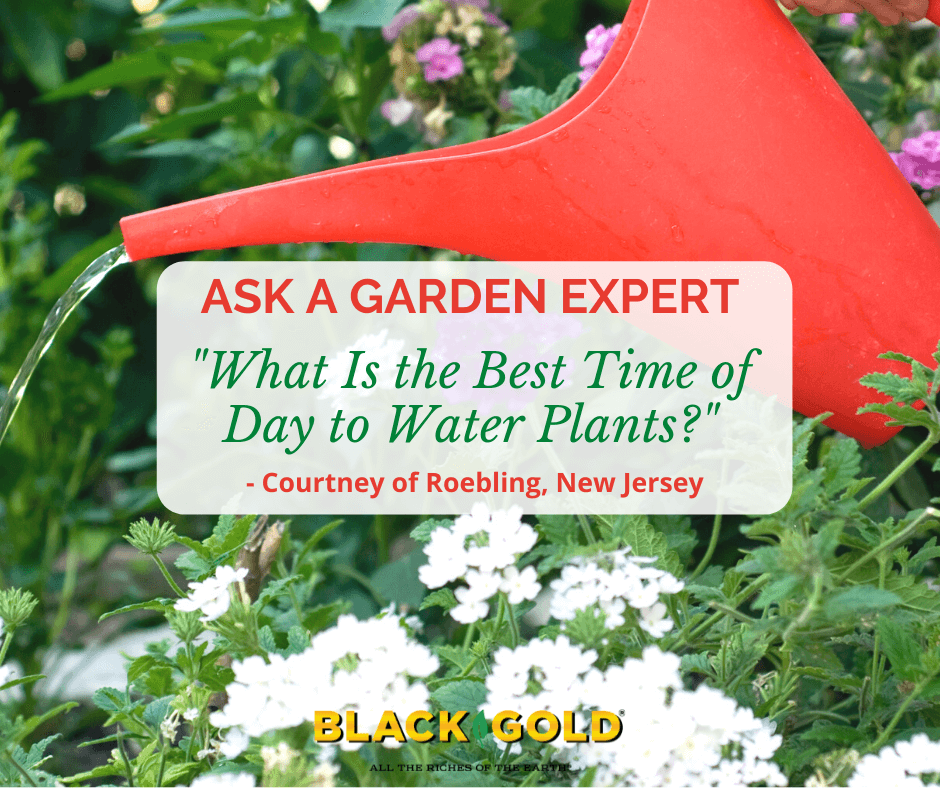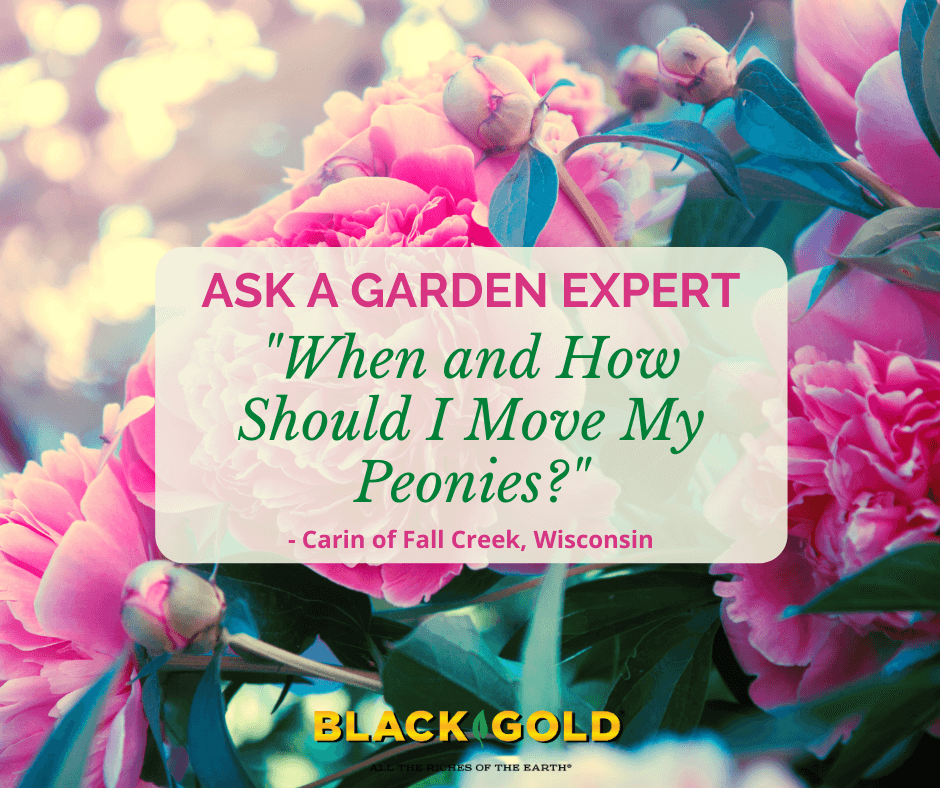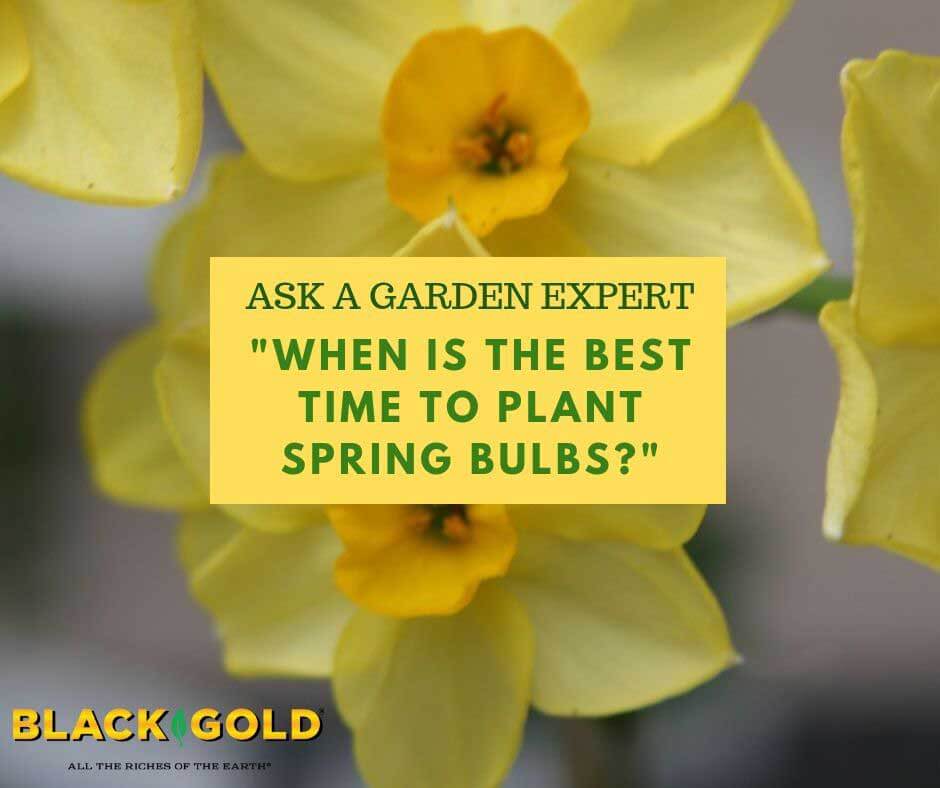“What time of day should I water my plants?” question from Courtney of Roebling, New Jersey
Answer: It really depends on where you live and what your soil and climate are like. In a very dry region, I’d suggest watering in the evening and possibly again in the morning, depending on the time of year and the severity of drought. But, where you live in the Mid-Atlantic, rainfall is ample, so watering plants in the evening can encourage fungal and bacterial diseases.
My horticultural colleague, Russell Stafford, says, “Water in the morning before the heat of the day, or at daytime hours on cloudy days. Use a hose with a watering wand or watering can to directly irrigate recently installed plants. Soaker hoses, drip systems, and other irrigation methods that directly contact the soil are ideal for established plantings. (Sprinklers waste water.)” I have to agree, and might also add that I like to water the base of plants, at the root zone, rather than spraying foliage unnecessarily. Of course, if you miss watering in the morning, it does not hurt to water midday or even in the mid-afternoon. It’s just nice for plants to dry out a bit before the evening. Click here for more excellent watering tips from Russell.
Happy gardening,
Jessie Keith
Black Gold Horticulturist








